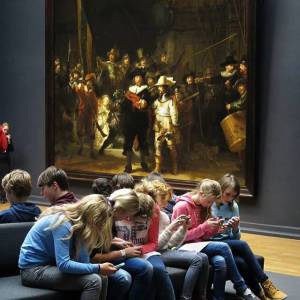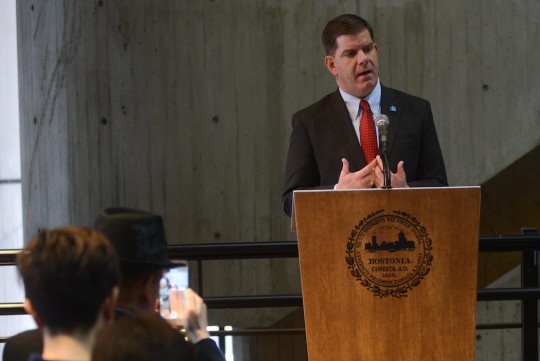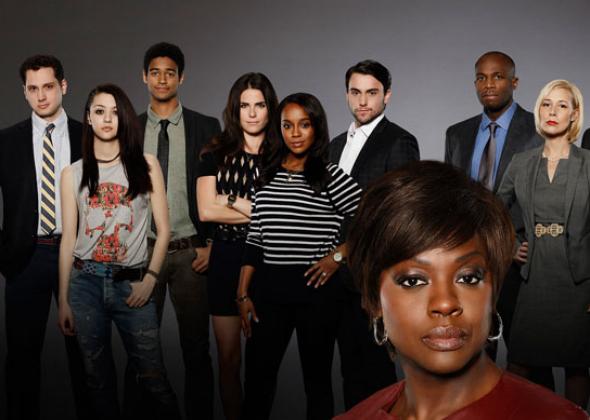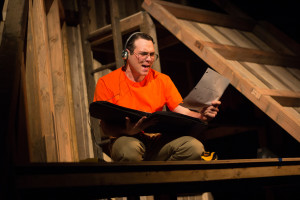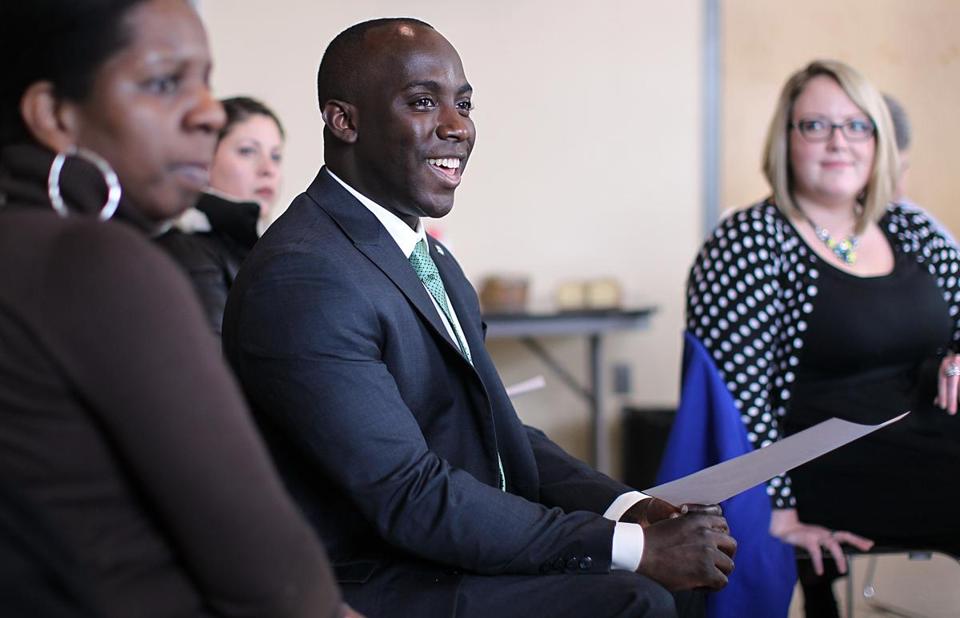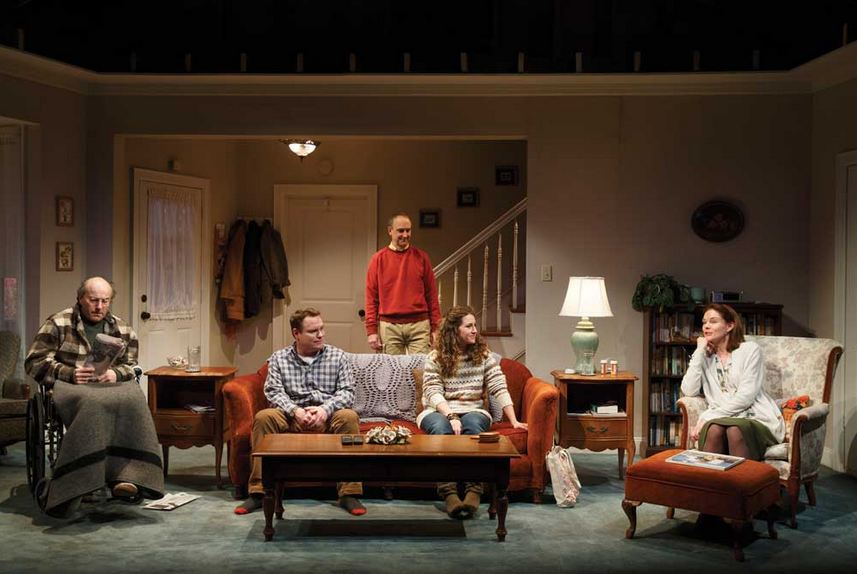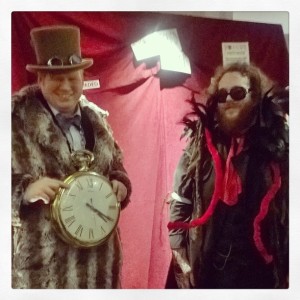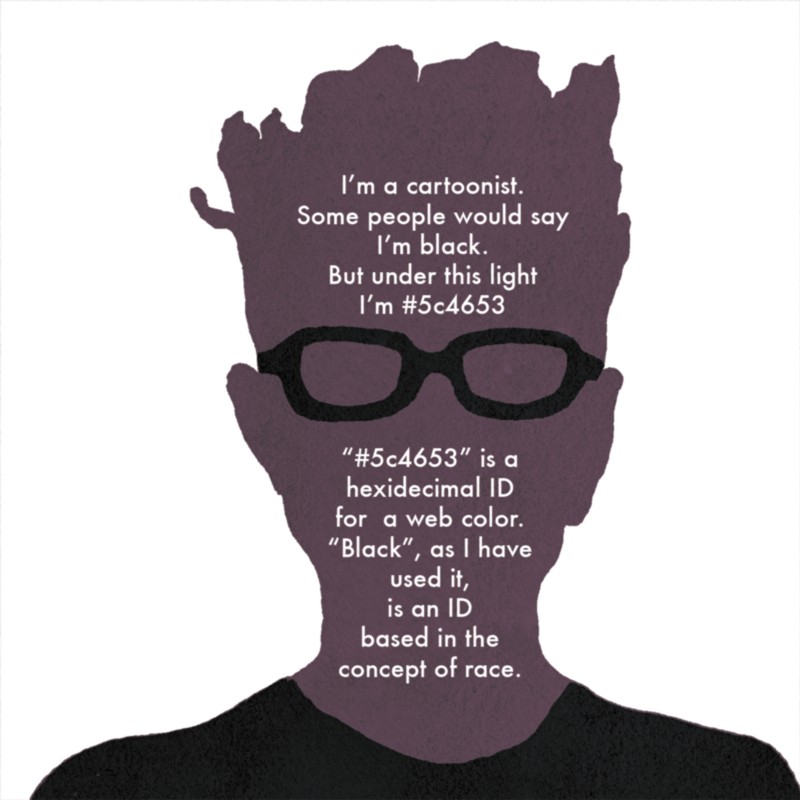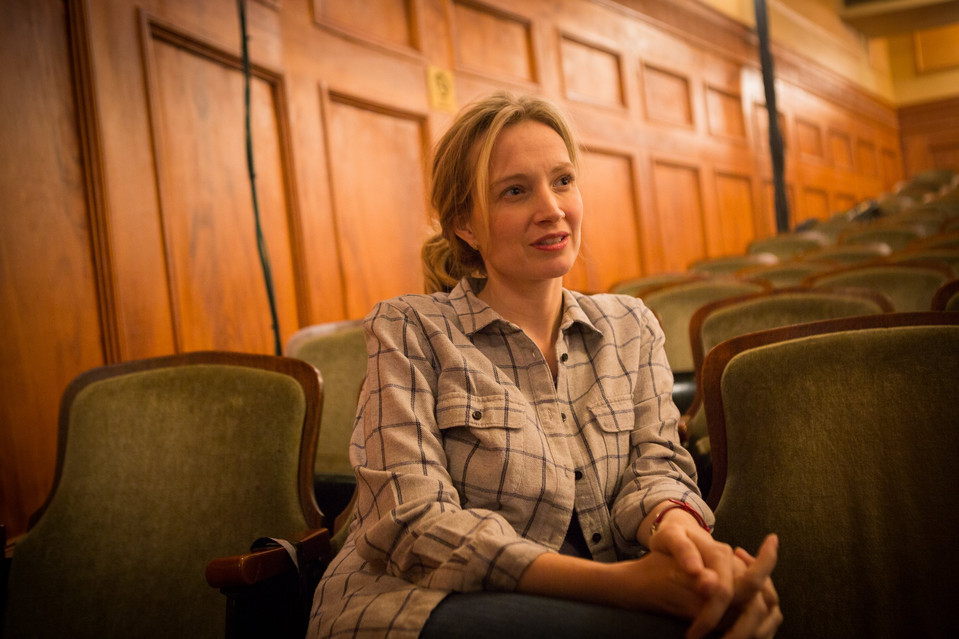Link Roundups feature articles and bits of internet goodness that our dramaturgy team digs up. If you find something you want to send our way, drop us a line on Facebook or Twitter!
♦♦♦♦♦
In the most recent post on Bitter Gertrude, Melissa Hillman examines the negative online reactions that the photo below received and how it highlights the importance of engaging with young audiences on their own terms:
We talk a lot about wanting to engage the rising generation in theatre, and I’m seeing a lot of “what can we do about this?” commentary on this picture. Listen: If you want to engage the rising generation, the first thing you need to do is stop lying to yourself about them. You’ll fail to engage them if you don’t approach them with honesty…This is exactly why 99.999% of “audience engagement strategies” fail miserably to bring in young, diverse audiences. This is why “tweet seats” failed. We’re not looking at this generation honestly. Instead we look at studies designed from the outset to confirm our hypotheses. We make assumptions about how the rising generation thinks and feels based on how they make us think and feel. We refuse to engage them on their own terms, instead dictating the terms to them and then blaming them for boorishness when they fail to meet them.
♦♦♦♦♦
Seth Lepore’s HowlRound essay about the importance of entrepreneurship and the blind many college theatre programs have about it has been getting lots of online buzz this week:
The blind spot of most college professors needs to be understood for what it is. A lot of college teachers who are tenure track have been in school their whole lives. Creating their own work has been in the context of academia and the relationship to both process and theory. Practitioners in the academy always have a place to rehearse and develop new work. They don’t have to worry whether people attend the performance and if it will break even or not. When showing a new work, they are part of an infrastructure that already subsidizes them. The business skill set doesn’t seem to fit into “What Would Artaud Do?” They are focused on students building a performance skill set. I’ve actually heard some of these well-meaning professors say “If they want that information, they can take a course with the business school.”
